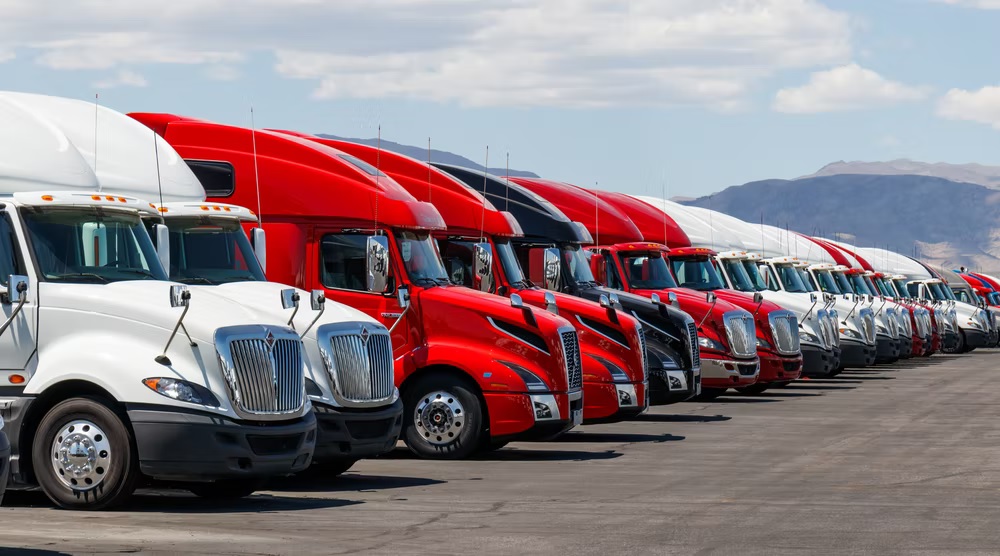With the continued material shortage, it’s important for fleets to plan for cost increases across the board—including hard and soft costs—so that they can stay focused on the total cost of operation.
Truck and trailer lease and purchase costs have risen every year since 2008—with one exception—according to the American Transportation Research Institute’s An Analysis of the Operational Costs of Trucking: 2021 Update. The report states, “Lease and purchase costs averaged 27.1 cents in 2020 across all carriers, a 5.6% increase from last year’s report. Equipment lease and purchase costs came within four cents of fuel costs, the second highest cost center, for the first time since the inception of ATRI’s Ops Costs report.” The cost of a truck in 2020 was 40% higher than a truck purchased 10 years ago.
With upcoming Greenhouse Gas Phase 2 regulations I doubt we will see costs go down. Add to that the current material shortage—that seemingly has no end in sight—which will undoubtedly raise costs based on the basic supply and demand theories we learned in Economics 101.
It’s important to plan for these cost increases. Work with your dealer to get the best initial purchase price and with your financing source to get the best terms, and stay focused on total cost of operation (TCO). The good news is that often the initial purchase price can be offset over the life of the vehicle by better fuel efficiency, lower maintenance and repair costs, and increased safety. TCO is the best KPI.
In order to know the true TCO of an asset, fleets need to track all the costs associated with it. Initial price, finance charges, and costs for maintenance, repair, fuel, insurance, licensing/permits, tolls—all the “hard” costs that go into owning and operating an asset.
I suggest when determining TCO you also include some “soft” costs. Consider driver attraction and retention. What will be the impact on your ability to find and retain drivers if you are operating older equipment? Younger drivers are accustomed to technology in their daily lives and are going to be looking for it in their work lives as well.
Then there is your corporate image. Trucks are rolling billboards for your business. Ask yourself what your trucks are saying about your operation?
More and more shippers are asking questions about their vendor’s sustainability efforts. You could lose out on business if you cannot demonstrate that you have made the investment in things like aerodynamic devices, low rolling resistance tires, idle reduction technologies to help improve the fuel efficiency of your vehicles—which also reduces emissions. As part of your TCO analysis you also need to have systems in place to measure your CO2 footprint and the emissions reductions associated with your investment in new equipment.
Don’t base your decision on whether to buy a new piece of equipment on the upfront cost alone. Take the time to do a TCO calculation that includes both hard and soft costs. That will tell you whether the time is right to buy.
Patrick Gaskins, SVP of Corcentric Fleet Solutions, oversees both sales and operations for the company’s fleet offerings. Gaskins joined the company in 2010, bringing more than 30 years of experience as a financial services professional in the transportation industry. He leads a team that works with a supply base of more than 160 manufacturers to help the country’s largest fleets manage all aspects of their fleet operations and fleet-related spend.
Source: https://www.fleetowner.com/




